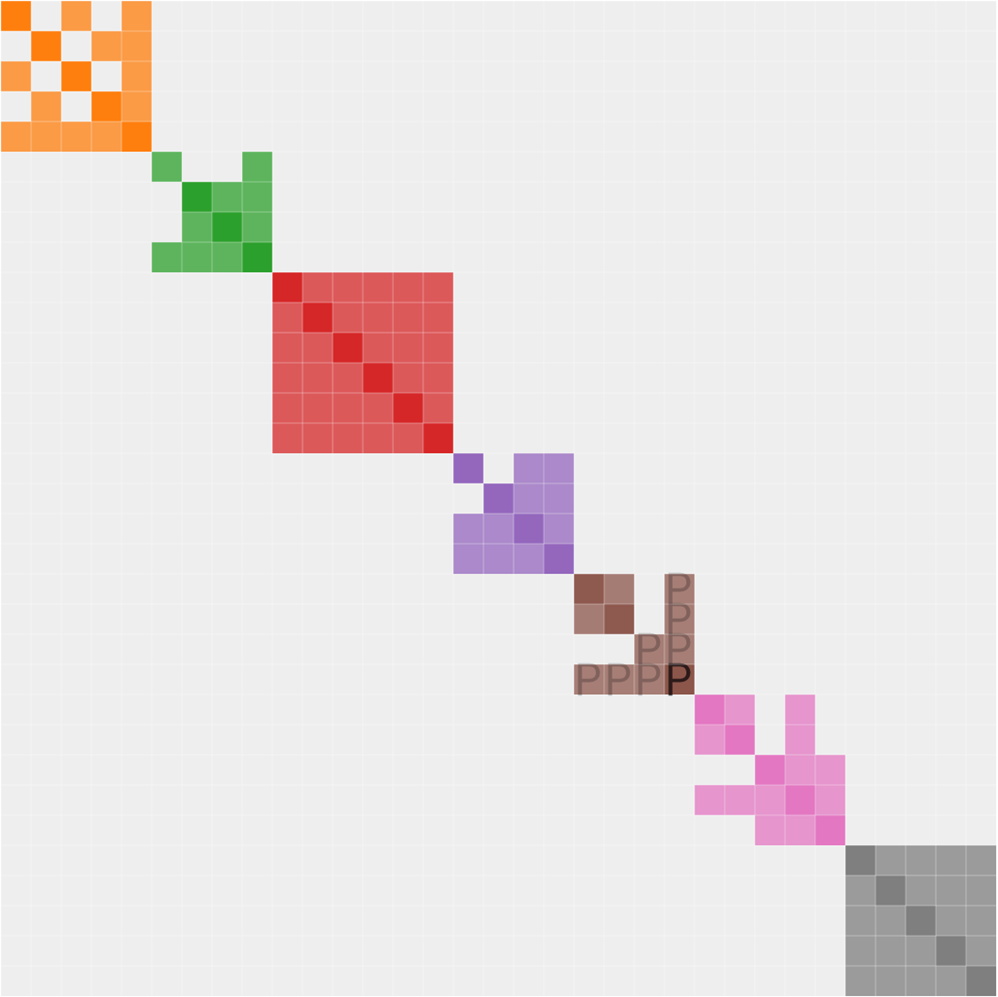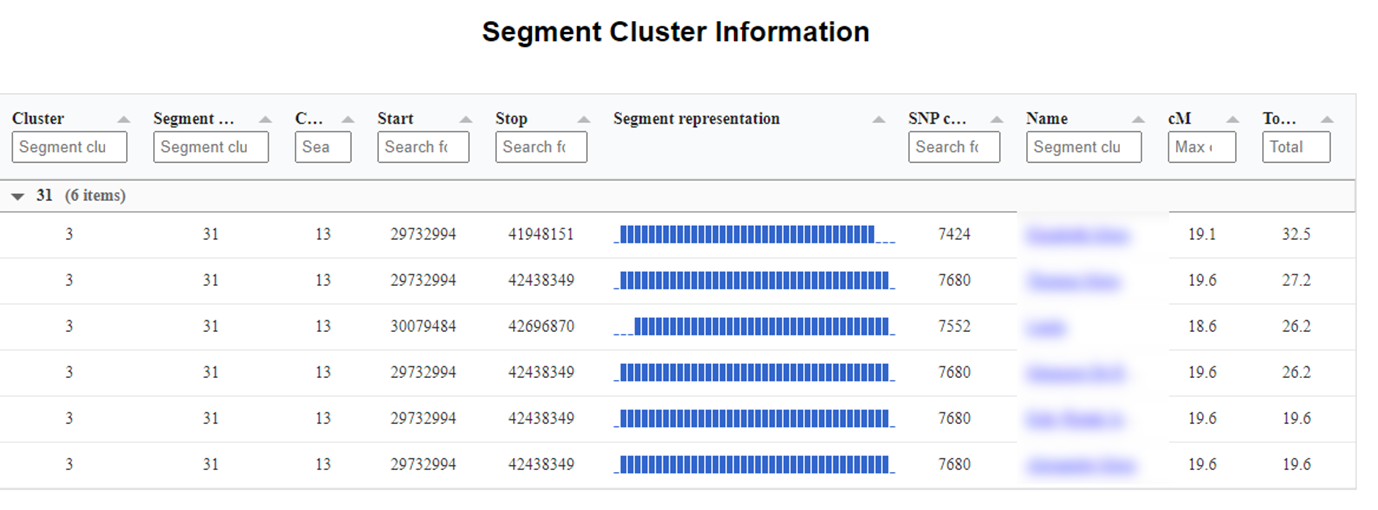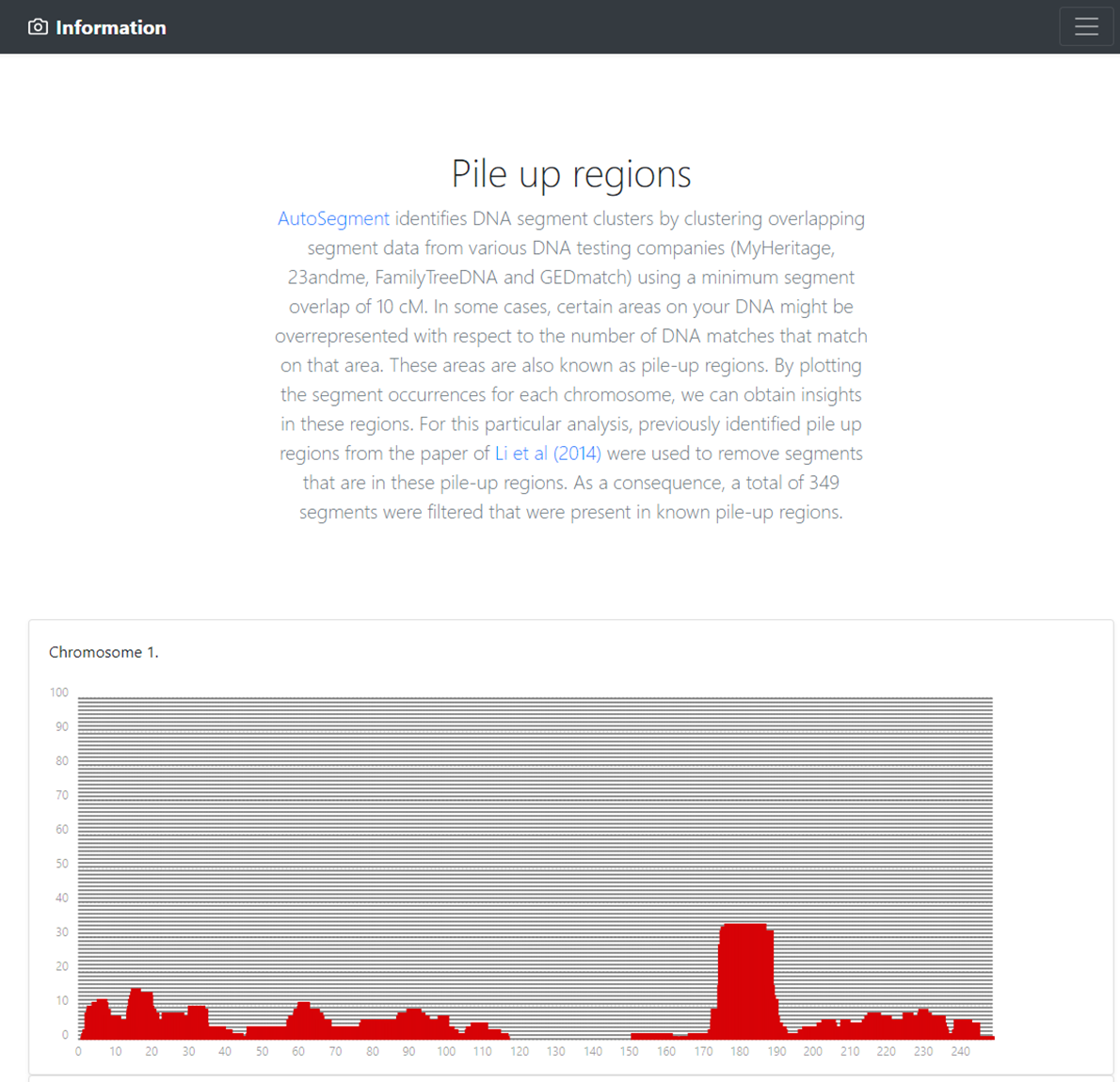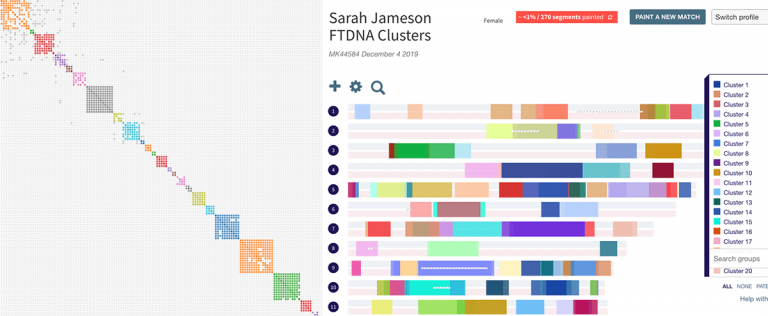AutoSegment intro
Up until now, the clustering methods for DNA matches provided by Genetic Affairs are based on the analysis of shared matches. However, using DNA segment data provided by the 4 companies, we can look for overlapping segments and thereby find groups of matches that share a segment. Since this method employs locally downloaded files, there is no need for your login credentials, and therefore no scraping of the websites. However, since these segment data files are "flat", there is no way to determine which segments triangulate. Meaning that before you dive into analyzing these clusters, users are strongly advised to perform follow up analyses on each of the clusters.
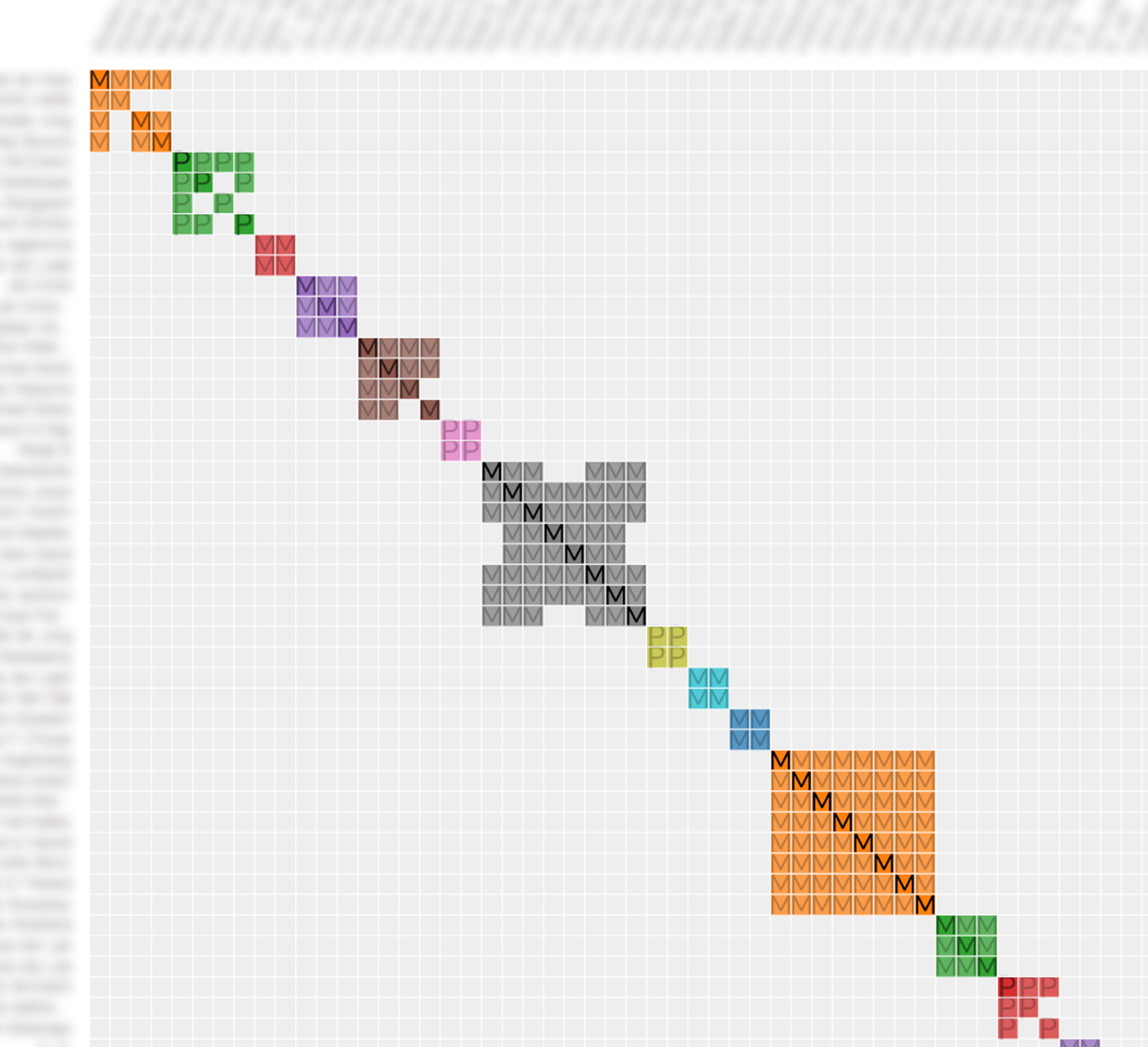
AutoSegment intro
Up until now, the clustering methods for DNA matches provided by Genetic Affairs are based on the analysis of shared matches. However, using DNA segment data provided by the 4 companies, we can look for overlapping segments and thereby find groups of matches that share a segment. Since this method employs locally downloaded files, there is no need for your login credentials, and therefore no scraping of the websites. However, since these segment data files are "flat", there is no way to determine which segments triangulate. Meaning that before you dive into analyzing these clusters, users are strongly advised to perform follow up analyses on each of the clusters.
